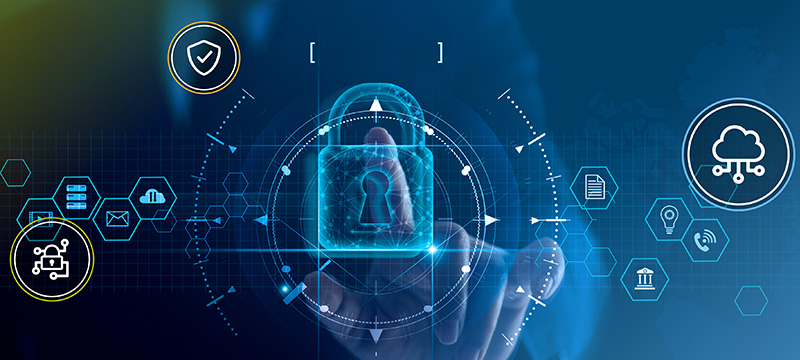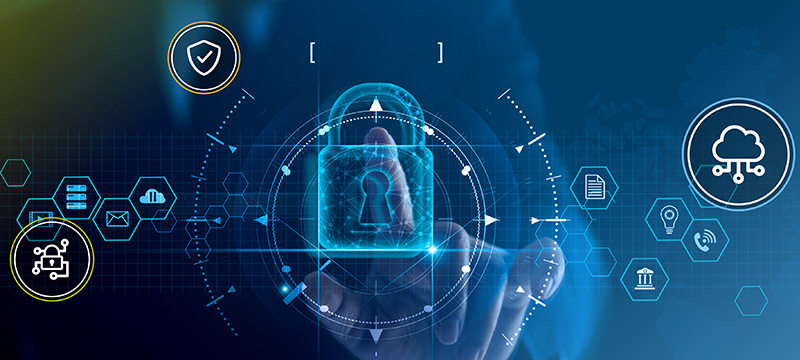[ad_1]

Healthcare providers are always pushing innovation to stay on the cutting edge of their industry. Quickly embracing technology that could provide improved healthcare to their patients. They might not always be willing to invest in IT and cyber security, which is a gamble with people’s lives just as much as using archaic medical techniques.
Securing all networked devices in the healthcare industry is crucial, especially IoT devices. IoT devices are some of the most overlooked networked devices due to their ease of connection and mobility. Security teams might easily lose sight of where these devices are and when they are in use. Healthcare IoT security can be improved greatly through AI-driven monitoring software and some best practices.
Healthcare IoT Security Best Practices
Attack Surface Visibility
For any cyber security approach to be successful and comprehensive the entire attack surface needs to be completely visible.
This implies that network engineers need to be aware of all the devices that are connected to the network of the healthcare institution. The attack surface, more often than not, extends beyond the physical network in the institution. Many institutions connect to external services, sharing and collecting information from the cloud or over VPNs. This is especially true when dealing with information about patients billing information or medical history.
Security professionals need to understand this and implement solutions that can monitor and continually discover the institution’s attack surface. If a parent or partner system does not adhere to the same level of cyber security standards, they become the weakest link and could compromise the entire chain of trust.
Segregated Internal Networking
Healthcare institutions have a multitude of disparate end nodes connected to their network. These include devices like stationary patient monitoring systems, file servers, security systems, workstations, and a great amount of mobile IoT devices.
Under normal circumstances, any type of network breach could be potentially devastating to an organization. Moreso when it comes to the healthcare industry, the lives of people hang in the balance, not to mention a treasure trove of personally identifiable and medical information.
Therefore, healthcare intuitions need to have segregated networks. The IT term for this is subnetting. Essentially various systems need to be grouped and isolated from other systems and devices on a hospital’s network. This allows for a basic countermeasure in the event of a network breach by threat actors. What it achieves is that it limits the threat actor’s ability to move laterally throughout the network.
This aggregation of devices can greatly limit the impact of a data breach as well as provide network monitoring systems with closed sectors for accurate and efficient monitoring.
Zero-trust Approach
Although this might seem like the latest buzzword in the cyber security industry, the zero-trust architecture can greatly increase the cyber security posture of any organization, not only healthcare institutions.
Zero-trust is an implementation of multiple technologies driven by user rights and authentication mechanisms. How is this different from the traditional method of authentication and trust paradigm? Legacy network security followed an approach where users were given access to trusted resources based purely on the fact that they form part of a specific user group or collection us users.
Users often ended up receiving more access than they needed to perform their duties. This meant that in the scenario where their user account was compromised the threat actor would gain access to multiple systems at once.
By implementing a zero-trust architecture the effective access that users must network resources is not only greatly reduced since they have to be given explicit access to what they need, but their access is also constantly being reviewed and adjusted.
In Conclusion
The importance of IoT Cyber security in the medical industry cannot be overstated. Not only is the institution’s business data and reputation at risk but also the lives of patients who are relying on necessary medical equipment. Threat actors can potentially cause irreparable damage to innocent people’s lives or even cause their death.
Health institutions need to make cyber security a clear priority by implementing practices as described above. Some hospitals, for example, even implement AI-driven attack surface scanning software that can alert them in real time about potential cyber risks.
The post Security IoT in Healthcare: Cybersecurity Best Practices appeared first on IoT Business News.
[ad_2]
Image and article originally from iotbusinessnews.com. Read the original article here.

